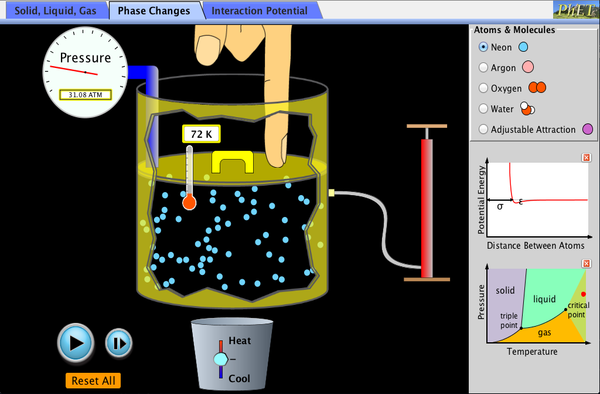-------------------------
In "Don't Ditch That Tech", the authors state that "What we do know from the science of learning is that, at every stage of the learning process attention is a central component in moving skills and content to the long term memory. For us as practitioners, this means that we should not just seek to grab attention at the beginning of a lesson, but we should strive to keep our students engaged throughout our time with them." (Miller, 2019)
 One of the ways we lose student engagement is when a learner encounters a barrier to accessing content. This may be difficulty decoding words, typing a response, or understanding vocabulary in the text. When a student encounters a barrier they can get frustrated, lose interest and attention wanders. When we design a lesson to remove these barriers, then all students have access thus increasing their rate of engagement.
One of the ways we lose student engagement is when a learner encounters a barrier to accessing content. This may be difficulty decoding words, typing a response, or understanding vocabulary in the text. When a student encounters a barrier they can get frustrated, lose interest and attention wanders. When we design a lesson to remove these barriers, then all students have access thus increasing their rate of engagement.Integrating fun, new apps and tools into a lesson is always exciting, but for this post I wanted to focus helping remove barriers and maintaining student interest and engagement with content.
Presenting content to students in only one or two similarly styled ways may present barriers for learning and lead to disengagement.
To overcome this barrier, teachers can use technology to provide options for students when dealing with digital content.
- Video
- Text
- Multimedia/Interactive
Phet - free online simulations
OPTION 2 - Present information digitally and give students the opportunity to customize display
(example - sharing a copy of slides and letting students change look)
If you want to learn more about removing barriers to learning here are some resources from the super smart Zach Smith.
---
MILLER, MATT. DON'T DITCH THAT TECH differentiated instruction in a digital world;differentiated instruction in a digital world. S.l: DAVE BURGESS CONSULTING, 2019. eBook.
- Push out your slides of class notes to students in Google Classroom BEFORE the lesson, make a copy for each student. Encourage them to change or enhance the notes to meet their needs.
- Offer ways of customizing the display of information
- When using Google Docs let students customize the display of information.
Try the Read&Write Chrome Extension which has many tools including screen masking.
If you want to learn more about removing barriers to learning here are some resources from the super smart Zach Smith.
Tools and Strategies to Address Barriers (Video 1:38)
---
MILLER, MATT. DON'T DITCH THAT TECH differentiated instruction in a digital world;differentiated instruction in a digital world. S.l: DAVE BURGESS CONSULTING, 2019. eBook.













